You Will Need:
- A clean Transparent PET bottle or clear cup.
- Vegetable oil, as an experiment you can try different types of oils and see how this affects your lava lamp.
- Water
- Alka-Seltzer tablets
- Food colouring
- Funnel
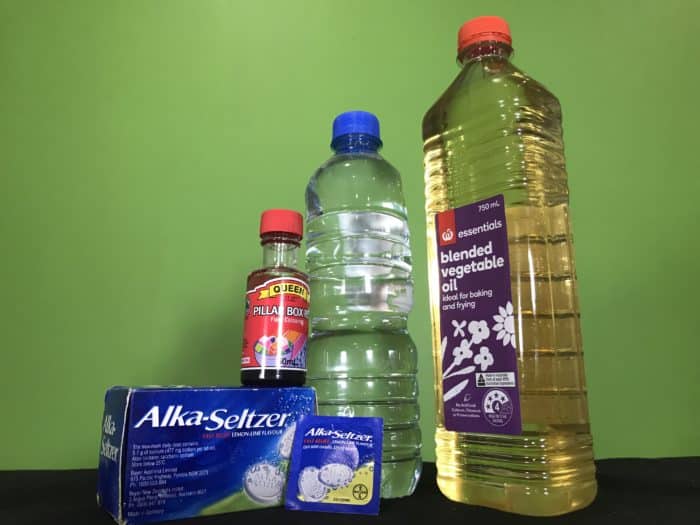
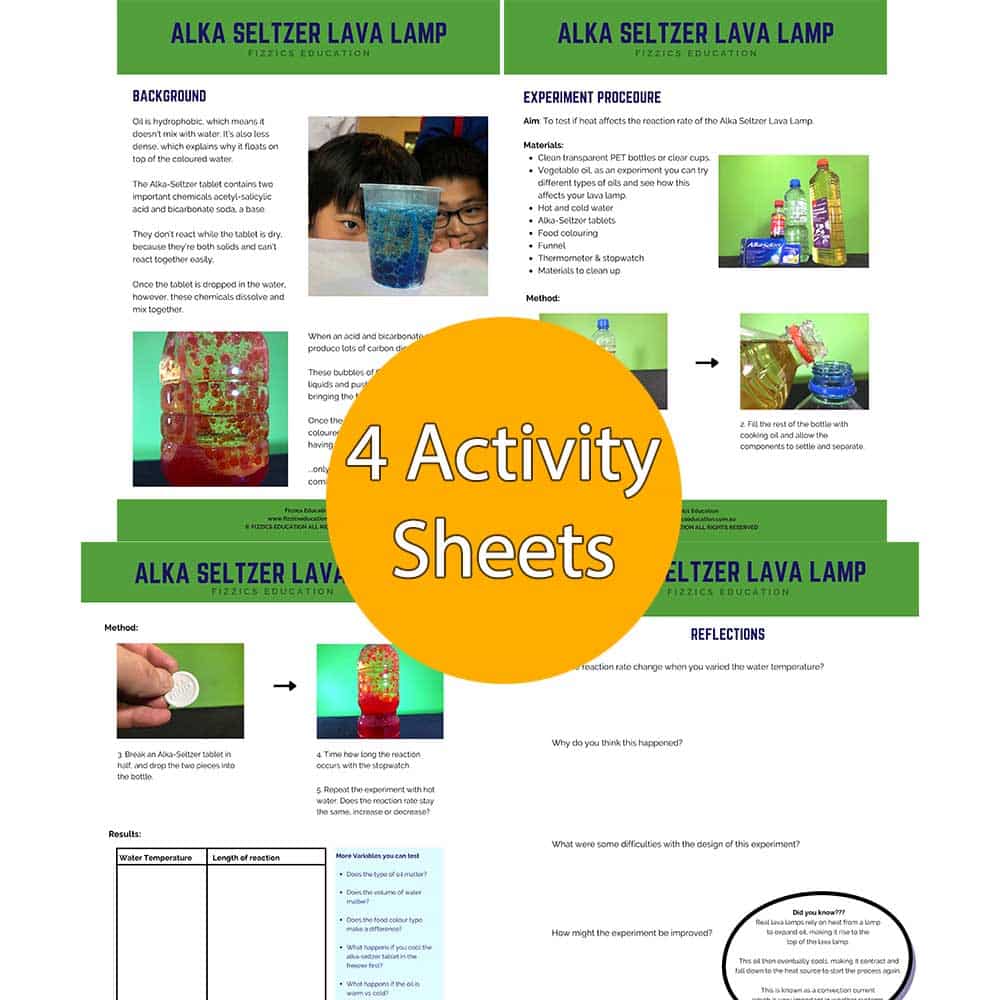
Go further – buy 4 x student activity sheets as extension worksheets.
This student science booklet has been created by experienced science educators from the Fizzics Education team.
Use these student worksheets as blackline masters for your science class!
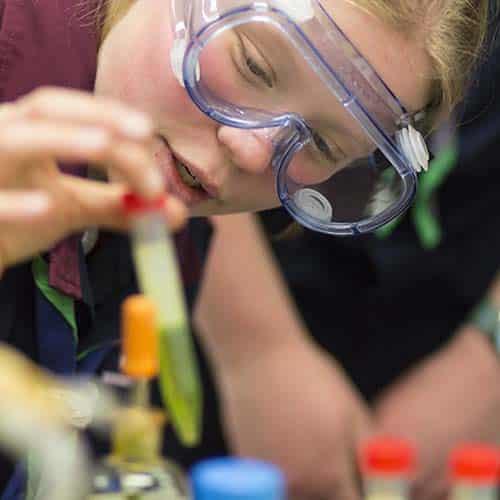
School science visits since 2004!
– Curriculum-linked & award-winning incursions.
– Over 40 primary & high school programs to choose from.
– Designed by experienced educators.
– Over 2 million students reached.
– Face to face incursions & online programs available.
– Early learning centre visits too!
Why Does This Happen?
Oil is hydrophobic, which means it doesn’t mix with water. It’s also less dense, which explains why it floats on top of the coloured water.
The Alka-Seltzer tablet contains two important chemicals acetyl-salicylic acid and bi-carb soda, a base. They don’t react while the tablet is dry, because they’re both solids, and can’t mix together. Once the tablet is dropped in the water, however, these chemicals dissolve and mix together. When an acid and bicarbonate react, they produce lots of carbon dioxide (CO2). These bubbles of CO2 rise up through the liquids and push the water up into the oil, bringing the food colour with it. Once the bubbles of gas pop, the food-coloured water then drops down to due it having a higher density than the oil… only to be lifted back up by more gas coming out of the Alka-Seltzer tablet!
See how the drops of water rise and fall? In some ways, this is a bit like how blue-green algae cells are able to control their buoyancy, where they can control if they float or sink using gases. Inside the algal cells are vacuoles, tiny compartments that can hold gas. When the algae need sunlight, it fills these vacuoles and floats to the surface. Afterwards, the algae empty their vacuoles and the algae then sink to the cooler water at the bottom of the river to find nutrients and grow. This allows blue-green algae to out-compete other algae in the water column, often resulting in dense & toxic algal blooms in our waterways.
Similar experiment: Dancing sultanas
Lava lamp version 2
- Fill the PET bottle half full of water and add a few drops of food colouring.
- Fill the rest of the PET bottle with cooking oil.
- Invert the bottle.
- Allow the components to settle and separate, this may take a few minutes.
- Add salt to the solution.
- Watch as the bottle swirls and churns like a lava lamp.
Because the oil and water don’t mix, you get some nice oily blobs circling around the bottle as you turn it upside down. Water is denser than oil and if left will settle to the bottom of the container.
Adding salt into the floating oil causes it to sink as it makes it denser. However, once the oil reaches the bottom of the container the salt dissolves in the surrounding water, allowing the oil to rise back up to the top again.
Commercial lava lamps rely on heat from a lamp to expand oil, making it rise to the top of the lava lamp. This oil then eventually cools, contracting and falling down to the heat source to start the process again. This is known as a convection current which is very important in weather systems and ocean currents. Here is an experiment on establishing a convection current.
Variables to test
- What happens if you cool the alka-seltzer tablet in the freezer first?
- What happens if the oil is warm vs cold?
- Try different viscosities of oils (canola oil, typewriter oil. olive oil etc)
- Try lots of alka-seltzer tablets vs. not many
Video of this experiment during a Facebook Live presentation
Join us on our Facebook site for live science presentations!
From colour changes to slimy science, we’ve got your kitchen chemistry covered!
Get in touch with FizzicsEd to find out how we can work with your class.
Chemistry Show
Years 3 to 6
Maximum 60 students
Science Show (NSW & VIC)
60 minutes
Online Class Available
STEM Full Day Accelerator - Primary
Designed from real classroom experiences, this modular day helps you create consistently effective science learning that directly address the new curriculum with easily accessible and cost-effective materials.

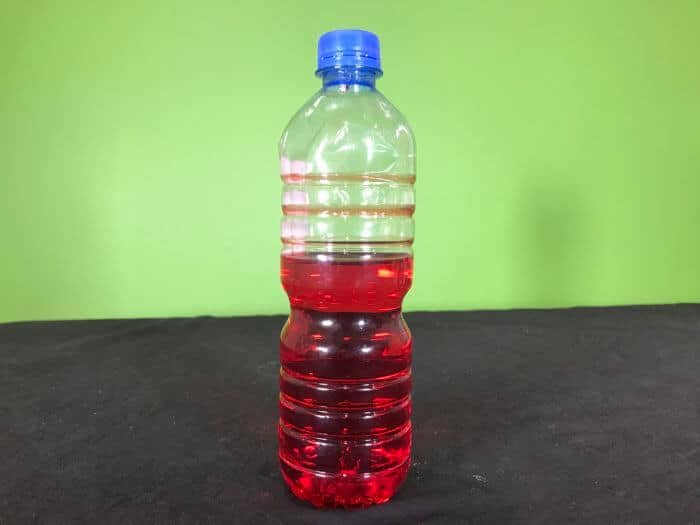
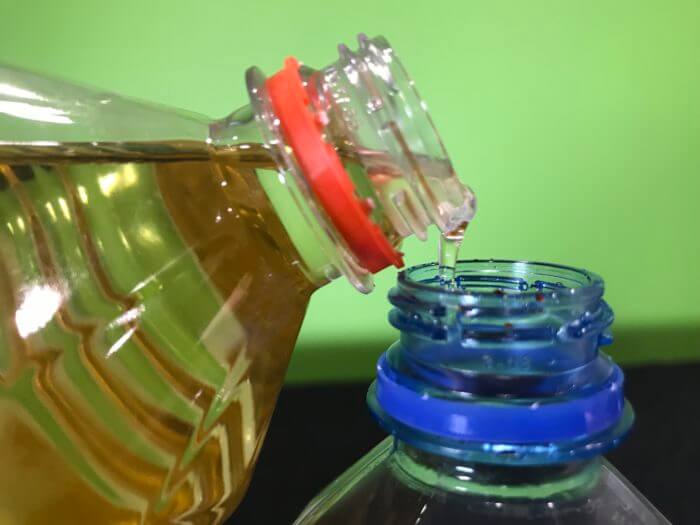
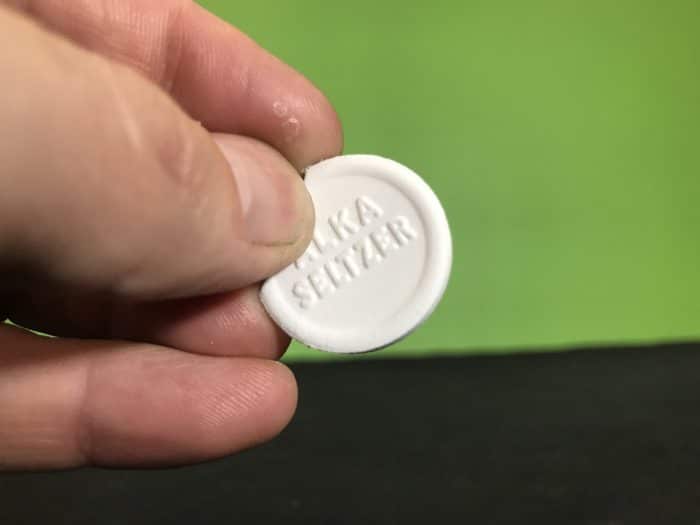
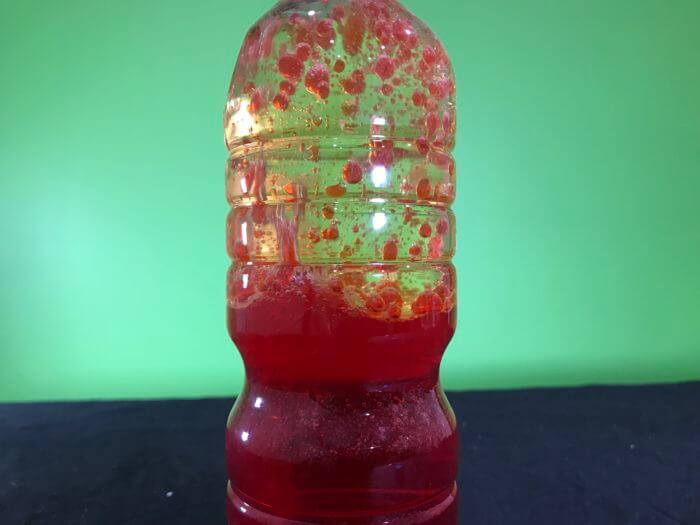
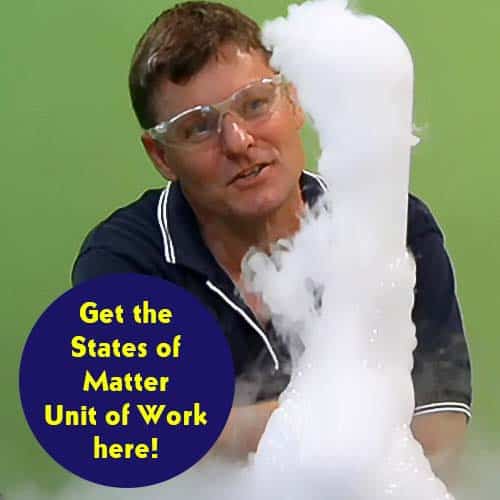


























Why is science so hard, I wish I knew how to do it really good 😭
Not to worry Amelia! The more science you do, the better you get! Spend you time looking through the 150 free experiments on this site and pick a few to try out. Science is about changing one thing and then seeing the effect of that change, the rest is learning what other people have learned about the world before you. Have a read about how to control variables here, it will help!
this is super cool and very helpful. Thank you!
We’re glad that this science activity was useful for you Julie!
How long will the lava lamp last and be bubbly/fizzy?
Hi! This will run for around 30 seconds to 1 minute and then slow down until all the gas has left the liquid. The time difference is mainly due to the temperature of the liquid and the amount of Alka Seltzer tablets that you add. Have fun!
How do you make it glow I tried but did not work
Hi! This experiment won’t glow but the motion will occur regardless.
If you want it to glow, try adding tonic water to it and put a UV flashlight up to it!
I love a lava lamp a good lava lamp!
We’re glad that you liked it!
It’s easy
do the lava lamps glow
Sorry, not these ones!
Could you add another Alka-Seltzer tablet after the first one fizzes out and get the same result?
Absolutely! Let us know how you go!
Cool! got first place for sci fairrr :)))
Awesome!
Can you add glow in the dark powder if you want it to glow?
Sure thing!
I am in 7th grade this is my first time choosing a lava lamp as my science project do you have to use a specific oil, or can you use different ones?
Hi! As its a science project you should show different oils to se if there is a difference. Try vegetable oil, olive oil, baby oil and others. If there is no difference, that is also your result. All the best!
I want to try this science experiment with my preschoolers. What would a kid friendly objective be for this lesson?
Sure thing!
Investigative question: How long can we make the lava lamp run?
Try different amounts of materials to find out as a variable test 🙂